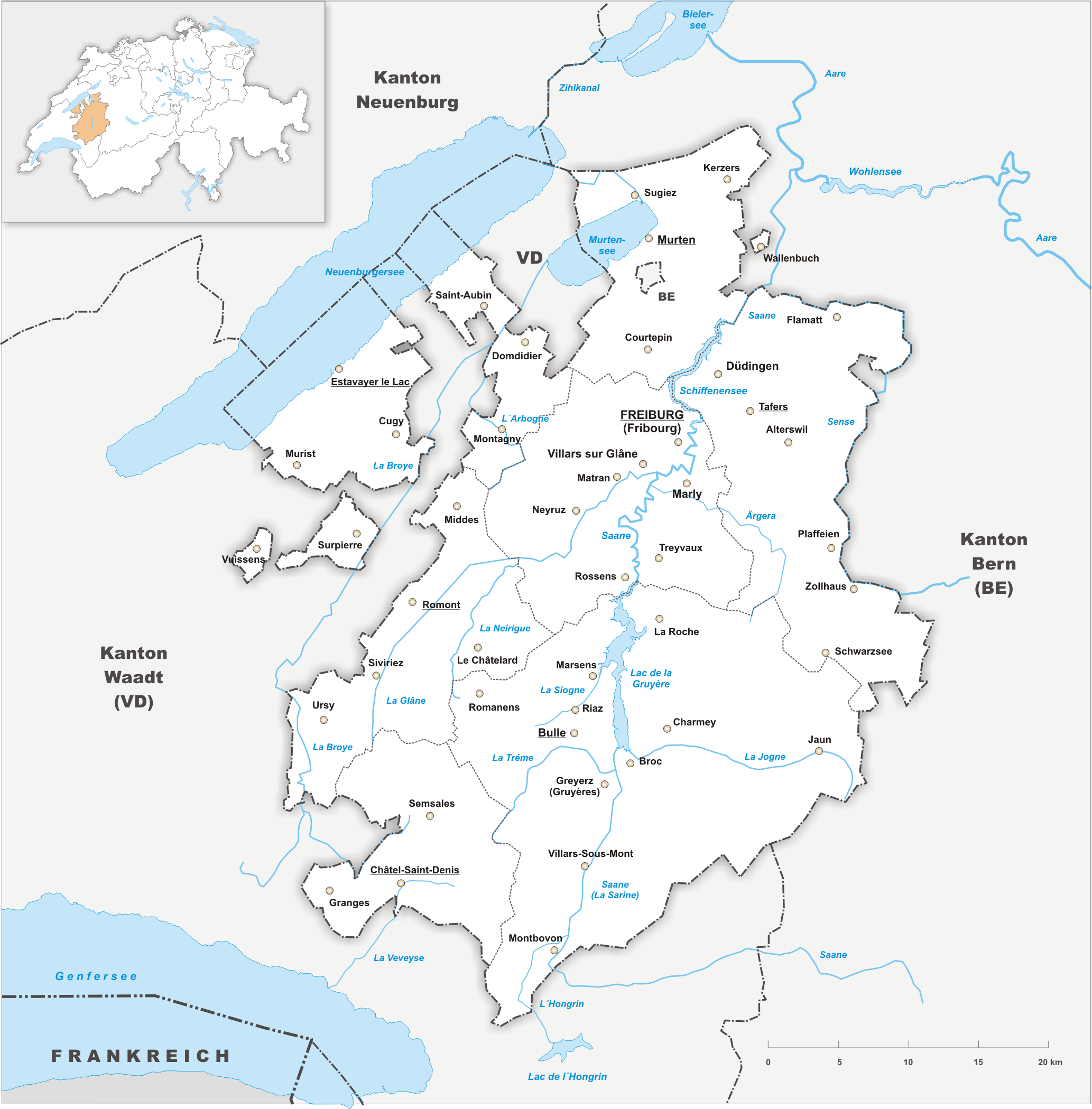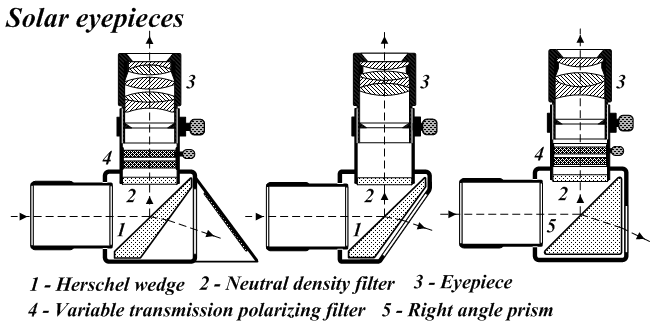|
Observatory Naef Épendes
Observatory Robert A. Naef (french: Observatoire Robert A. Naef) is an astronomical observatory located at Épendes, Canton of Fribourg, Switzerland at 7.13938 degrees east of Greenwich and 46.76236 degrees north latitude. Its parallax constants are : ρ sin φ' = 0.68632 (Earth radii from the rotation axis) and ρ cos φ' = +0.72501 (Earth radii from the equatorial plane). The observatory was named in memory of Robert Adolf Naef (1907–1975). The minor planet 1906 Naef was named in his honour. Robert A. Naef Foundation The ''Robert A. Naef Foundation'' was created on 15 April 1977 on the initiative of his widow, Mrs. Daisy Naef-Ryter. According to its statutes, the Foundation has the goal of honouring the memory of the late Robert A. Naef (22 July 1907 – 13 March 1975) by installing his Reinfelder & Hertel telescope in a newly created astronomical observatory. The observatory has the further goal of actively contributing to the exposure of young people to the art and sc ... [...More Info...] [...Related Items...] OR: [Wikipedia] [Google] [Baidu] |
IAU Code
This is a list of observatory codes (IAU codes or MPC codes) published by the Minor Planet Center. For a detailed description, ''see observations of small Solar System bodies Observations of minor planets as well as comets and natural satellites of the Solar System are made by astronomical observatories all over the world and reported to the Minor Planet Center (MPC), a service of the International Astronomical Unio ...''. List References * {{DEFAULTSORT:Observatory codes * Astronomy-related lists Technology-related lists ... [...More Info...] [...Related Items...] OR: [Wikipedia] [Google] [Baidu] |
Épendes, Fribourg
Épendes (; frp, Ependes, locally ) is a former municipality in the district of Sarine in the canton of Fribourg in Switzerland. Its former German name was ''Spinz''. In 1977, the former municipality of Sales merged into Épendes.Nomenklaturen – Amtliches Gemeindeverzeichnis der Schweiz . Retrieved 4 April 2011. On 1 January 2021 the former municipalities of , Ependes and merged to form the new municipality of |
Canton Of Fribourg
The canton of Fribourg, also canton of Freiburg (french: Canton de Fribourg ; german: Kanton Freiburg ; frp, Canton de Fribôrg rm, Chantun Friburg it, Canton Friburgo) is located in western Switzerland. The canton is bilingual, with French spoken by more than two thirds of the citizens and German by a little more than a quarter. Both are official languages in the canton. The canton takes its name from its capital city of Fribourg. History On the shores of Lake Neuchâtel and Lake Morat significant traces of prehistoric settlements have been unearthed. The canton of Fribourg joined the Swiss Confederation in 1481. The area is made up of lands acquired by the capital Fribourg. The present extent was reached in 1803 when Murten (Morat) was acquired. The canton of Fribourg joined the separatist league of Catholic cantons in 1846 (Sonderbund). The following year, its troops surrendered to the federal army. Geography The canton is bounded to the west by Lake Neuchâtel, to the ... [...More Info...] [...Related Items...] OR: [Wikipedia] [Google] [Baidu] |
Switzerland
). Swiss law does not designate a ''capital'' as such, but the federal parliament and government are installed in Bern, while other federal institutions, such as the federal courts, are in other cities (Bellinzona, Lausanne, Luzern, Neuchâtel, St. Gallen a.o.). , coordinates = , largest_city = Zürich , official_languages = , englishmotto = "One for all, all for one" , religion_year = 2020 , religion_ref = , religion = , demonym = , german: Schweizer/Schweizerin, french: Suisse/Suissesse, it, svizzero/svizzera or , rm, Svizzer/Svizra , government_type = Federalism, Federal assembly-independent Directorial system, directorial republic with elements of a direct democracy , leader_title1 = Federal Council (Switzerland), Federal Council , leader_name1 = , leader_title2 = , leader_name2 = Walter Thurnherr , legislature = Fe ... [...More Info...] [...Related Items...] OR: [Wikipedia] [Google] [Baidu] |
Astronomy
Astronomy () is a natural science that studies astronomical object, celestial objects and phenomena. It uses mathematics, physics, and chemistry in order to explain their origin and chronology of the Universe, evolution. Objects of interest include planets, natural satellite, moons, stars, nebulae, galaxy, galaxies, and comets. Relevant phenomena include supernova explosions, gamma ray bursts, quasars, blazars, pulsars, and cosmic microwave background radiation. More generally, astronomy studies everything that originates beyond atmosphere of Earth, Earth's atmosphere. Cosmology is a branch of astronomy that studies the universe as a whole. Astronomy is one of the oldest natural sciences. The early civilizations in recorded history made methodical observations of the night sky. These include the Babylonian astronomy, Babylonians, Greek astronomy, Greeks, Indian astronomy, Indians, Egyptian astronomy, Egyptians, Chinese astronomy, Chinese, Maya civilization, Maya, and many anc ... [...More Info...] [...Related Items...] OR: [Wikipedia] [Google] [Baidu] |
Observatory
An observatory is a location used for observing terrestrial, marine, or celestial events. Astronomy, climatology/meteorology, geophysical, oceanography and volcanology are examples of disciplines for which observatories have been constructed. Historically, observatories were as simple as containing an astronomical sextant (for measuring the distance between stars) or Stonehenge (which has some alignments on astronomical phenomena). Astronomical observatories Astronomical observatories are mainly divided into four categories: space-based, airborne, ground-based, and underground-based. Ground-based observatories Ground-based observatories, located on the surface of Earth, are used to make observations in the radio and visible light portions of the electromagnetic spectrum. Most optical telescopes are housed within a dome or similar structure, to protect the delicate instruments from the elements. Telescope domes have a slit or other opening in the roof that can be opened during ... [...More Info...] [...Related Items...] OR: [Wikipedia] [Google] [Baidu] |
Greenwich
Greenwich ( , ,) is a town in south-east London, England, within the ceremonial county of Greater London. It is situated east-southeast of Charing Cross. Greenwich is notable for its maritime history and for giving its name to the Greenwich Meridian (0° longitude) and Greenwich Mean Time. The town became the site of a royal palace, the Palace of Placentia from the 15th century, and was the birthplace of many Tudors, including Henry VIII and Elizabeth I. The palace fell into disrepair during the English Civil War and was demolished to be replaced by the Royal Naval Hospital for Sailors, designed by Sir Christopher Wren and his assistant Nicholas Hawksmoor. These buildings became the Royal Naval College in 1873, and they remained a military education establishment until 1998 when they passed into the hands of the Greenwich Foundation. The historic rooms within these buildings remain open to the public; other buildings are used by University of Greenwich and Trinity Laban C ... [...More Info...] [...Related Items...] OR: [Wikipedia] [Google] [Baidu] |
Robert Adolf Naef
Robert Adolf Naef (22 July 1907 – 13 March 1975) was a Swiss astronomer. A banker by profession, in his spare time, for 50 years he worked at the Urania Observatory in Zurich. In 1941 he created the nautical almanac Der Sternenhimmel. observatoire-ependes.ch Legacy *, a stony asteroid named after Naef *Observatory Naef Épendes
Observatory Robert A. Naef (french: Observatoire Robert A. Naef) is an astronomical observatory located at Épendes, Canton of ...
[...More Info...] [...Related Items...] OR: [Wikipedia] [Google] [Baidu] |
1906 Naef
1906 Naef ( ''prov. designation'':) is a stony vestoid asteroid from the inner regions of the asteroid belt, approximately 7 kilometers in diameter. It was discovered on 5 September 1972, by Swiss astronomer Paul Wild at Zimmerwald Observatory near Bern, Switzerland. It was later named after Swiss banker and amateur astronomer Robert Naef. Orbit and classification ''Naef'' orbits the Sun in the inner main-belt at a distance of 2.1–2.7 AU once every 3 years and 8 months (1,335 days). Its orbit has an eccentricity of 0.14 and an inclination of 6 ° with respect to the ecliptic. The body's observation arc begins with its official discovery observation at Zimmerwald, as previous observation at Turku Observatory () and McDonald Observatory () in 1943 and 1952, respectively, remain unused. Physical characteristics According to observations by the Wide-field Infrared Survey Explorer's NEOWISE mission, ''Naef'' measures 7.9 and 8.1 kilometers in diameter, and its surface ... [...More Info...] [...Related Items...] OR: [Wikipedia] [Google] [Baidu] |
Urania Observatory
Urania Sternwarte is a public observatory in the Lindenhof quarter of Zürich, Switzerland. Its name ''Urania'' refers to the muse of astronomy in Greek mythology. History Its origins base on a first observatory on the roof of the Zunfthaus zur Meisen. In 1759, so called «Astronomische Kommission» succeeded from this location for the first time, to define '' Culminatio solis'' and thus calculated the exact global location of the city of Zurich. In later years, astronomical observations were done from the Grossmünster's southern "Karl's tower", followed by scientific observations (not for public use by interested enthusiasts) from the Federal observatory, built 1861/64 for ETH Zürich by Gottfried Semper. In 1899, the Zürich merchant Abraham Weill Einstein initiated the oldest observatory in Switzerland, situated near ''Werdmühleplatz'' (''Uraniastrasse''). On June 15, 1907, the observatory was given to operational use. Its tower dominates the western end of Zurich's hist ... [...More Info...] [...Related Items...] OR: [Wikipedia] [Google] [Baidu] |
Coelostat
A solar telescope is a special purpose telescope used to observe the Sun. Solar telescopes usually detect light with wavelengths in, or not far outside, the visible spectrum. Obsolete names for Sun telescopes include heliograph and photoheliograph. Professional solar telescopes Solar telescopes need optics large enough to achieve the best possible diffraction limit but less so for the associated light-collecting power of other astronomical telescopes. However, recently newer narrower filters and higher framerates have also driven solar telescopes towards photon-starved operations. Both the Daniel K. Inouye Solar Telescope as well as the proposed European Solar Telescope (EST) have larger apertures not only to increase the resolution, but also to increase the light-collecting power. Because solar telescopes operate during the day, seeing is generally worse than for night-time telescopes, because the ground around the telescope is heated which causes turbulence and degrades the res ... [...More Info...] [...Related Items...] OR: [Wikipedia] [Google] [Baidu] |
Minor Planet Center
The Minor Planet Center (MPC) is the official body for observing and reporting on minor planets under the auspices of the International Astronomical Union (IAU). Founded in 1947, it operates at the Smithsonian Astrophysical Observatory. Function The Minor Planet Center is the official worldwide organization in charge of collecting observational data for minor planets (such as asteroids), calculating their orbits and publishing this information via the '' Minor Planet Circulars''. Under the auspices of the International Astronomical Union (IAU), it operates at the Smithsonian Astrophysical Observatory, which is part of the Center for Astrophysics along with the Harvard College Observatory. The MPC runs a number of free online services for observers to assist them in observing minor planets and comets. The complete catalogue of minor planet orbits (sometimes referred to as the "Minor Planet Catalogue") may also be freely downloaded. In addition to astrometric data, the MPC collect ... [...More Info...] [...Related Items...] OR: [Wikipedia] [Google] [Baidu] |





